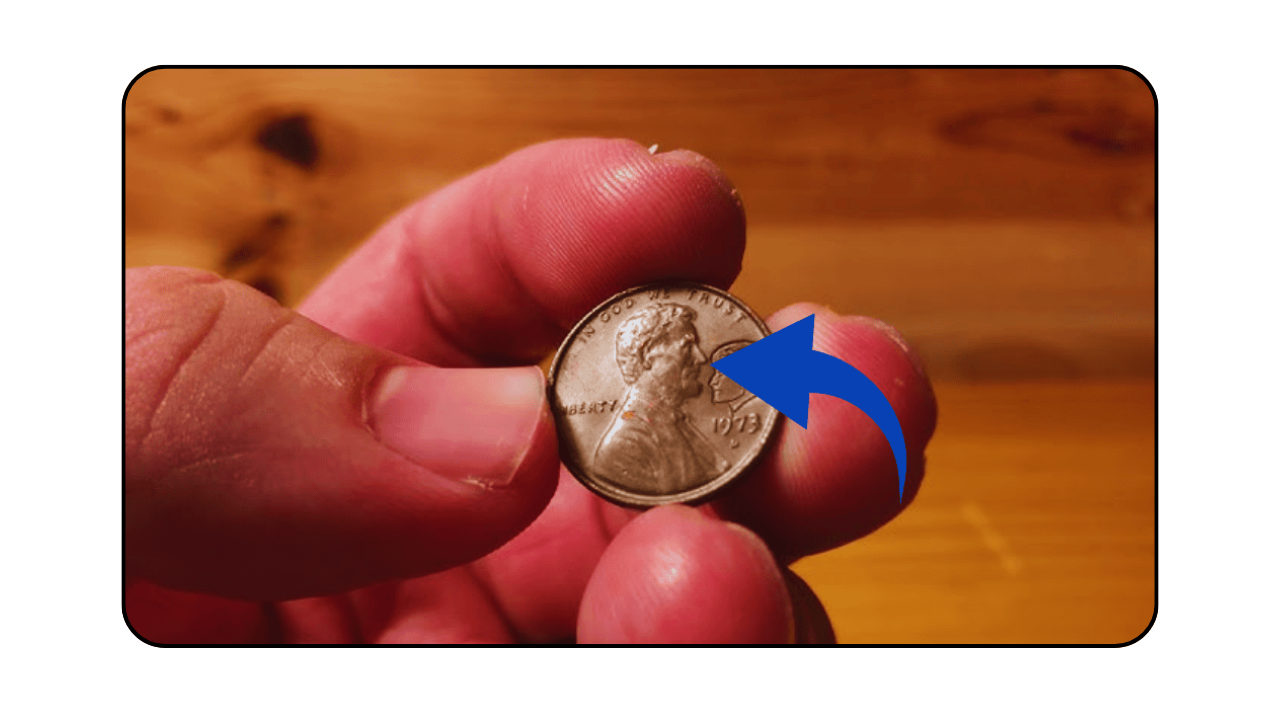Lincoln Wheat Penny Valued at $77 Million: Picture finding a penny worth $77 million in your pocket! The Lincoln Wheat Penny, minted from 1909 to 1958, is a collector’s favorite, but claims of one fetching $77 million are likely hyped up. Still, rare versions like the 1943 bronze penny have sold for $1.7 million, with top estimates reaching $4.4 million for a perfect example. Born from a wartime mistake, this coin could be in your change jar or loose change. Here’s how to spot it, why it’s so valuable, and where to look for this incredible treasure.
A Wartime Error That’s a Big Deal
The Lincoln Wheat Penny, showing Abraham Lincoln on the front and wheat stalks on the back, started in 1909 to mark his 100th birthday. In 1943, during World War II, the U.S. Mint switched to steel pennies to save copper for war needs like bullets. By accident, a few bronze blanks from 1942 were stamped with the 1943 date, creating about 15-20 super-rare bronze pennies. One sold for $1.7 million in 2010, and experts say a mint-condition 1943-D could hit $4.4 million. The $77 million figure is likely exaggerated, with no auction records to back it up.
How to Spot the Rare Penny
You don’t need to be a coin pro to find this penny—just a sharp eye. Here’s what to check:
-
Look for the year 1943 on the front.
-
Test with a magnet: Steel pennies stick; bronze ones don’t.
-
Check the color: Bronze pennies are reddish-brown, not silver-gray.
-
Weigh it: Bronze pennies are 3.11 grams; steel ones are 2.7 grams.
-
Find the mint mark: Look under the date for “D” (Denver) or “S” (San Francisco). The 1943-D is the rarest, with only one known.
If you spot a copper-colored 1943 penny, don’t clean it—cleaning ruins its value. Take it to a grading service like PCGS or NGC to confirm it’s real, as fakes are common.
Where Could It Be Hiding?
This million-dollar penny might be closer than you think. Some have been found in change jars, piggy banks, or even school lunch money. In 2019, a Massachusetts family found a 1943 bronze penny in inherited coins, valued at over $200,000. Another was discovered in a boy’s change in 1947, later sold for $204,000. Check old family collections, flea markets, or coin rolls from banks. With billions of pennies out there, a rare one could be waiting in your wallet or a store’s change drawer.
Why Collectors Go Crazy for It
The 1943 bronze penny is a collector’s dream because it’s super rare, tied to World War II history, and its condition matters a lot. With only a few known, collectors pay huge sums at auctions. Its wartime story—minted by mistake when copper was needed for the war—adds to its charm. A perfect 1943-D could fetch $4.4 million, while even worn ones sell for $100,000-$500,000. Other Wheat Pennies, like the 1909-S VDB ($2,000-$100,000), are also valuable, but the $77 million claim lacks proof and seems like social media hype.
Tips to Start Your Hunt
Ready to search? Grab a magnifying glass and check your pennies, especially from the 1940s. Look for 1943 dates, copper color, and mint marks. Use a magnet to test the metal and a scale for weight. Store any promising coins in a plastic holder to keep them safe, and never clean them. Take them to a trusted coin dealer or grading service like PCGS or NGC, as copper-plated fakes are out there. Join coin clubs or online forums to learn more about spotting rarities and avoiding scams.
|
Feature |
Details |
|---|---|
|
Date |
1943 (Bronze Error) |
|
Mint Marks |
D (Denver), S (San Francisco) |
|
Material |
Bronze (Copper), not Steel |
|
Weight |
3.11 grams (Bronze), 2.7 grams (Steel) |
|
Value |
$100,000-$4.4M (Not $77M) |
The Lincoln Wheat Penny shows that small change can hold big value. While $77 million is likely a myth, a 1943 bronze penny could still make you a millionaire, with real sales hitting $1.7 million. Check your change, old jars, or family collections—you might find a piece of history worth a fortune. Next time you get a penny, take a close look—it could change your life!
